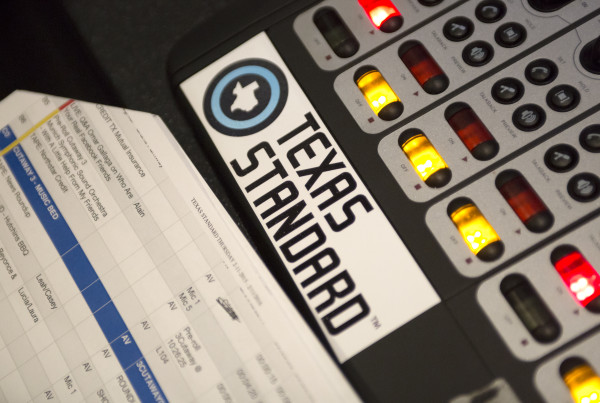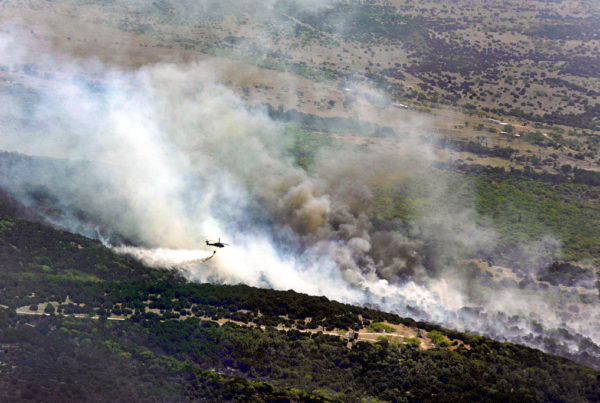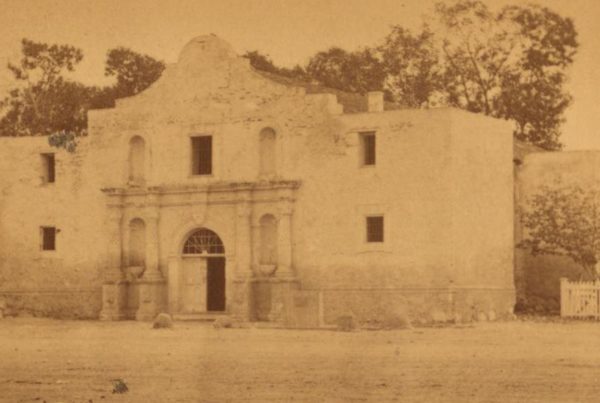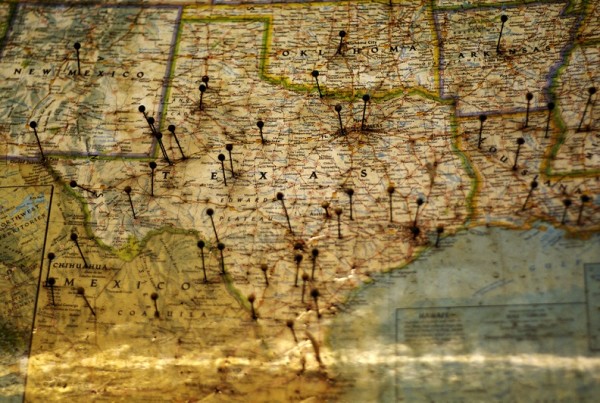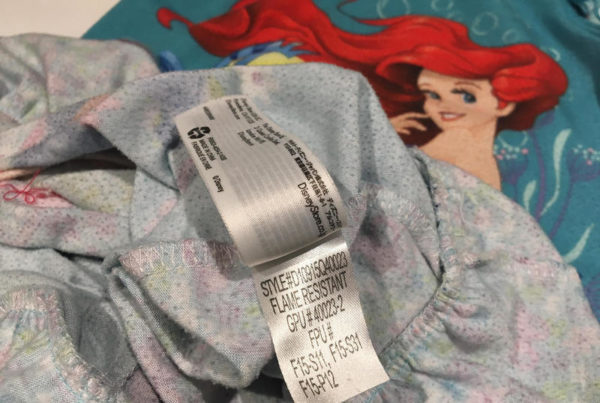There are untold numbers of unidentified human remains scattered near the Mexico border. They belong to migrants who died on their journey to the U.S. Many endured triple-digit temperatures, harsh terrain and scarce water in hopes of finding a better life.
Gonzalo Alvarez, a Mexican-American illustrator and game designer from Port Arthur, heard the story of just how difficult it is to cross the border firsthand – his parents immigrated to Texas from Mexico. Alvarez set out to make a video game emulating that fraught, sometimes fatal journey through the desert.
His game is called “Borders” and it is currently on display at Sol Art Gallery at Lamar University in Beaumont, where he is a student. As a first-time game developer, he worked with fellow developers Genaro Vallejo Reyes and Jon DiGiacomo, and together they created the project in a week.
Alvarez came up with the idea during last year’s presidential election, when immigration became a dominant policy issue of the campaign season.
“I just really disliked the hate towards immigrants because I’m a son of immigrants,” Alvarez says. “I just wanted to create something that would allow people to simulate what it’s like to cross the border and maybe just give them a bit of sympathy towards immigrants.”
In the game, players must evade border patrol agents and collect jugs of water to avoid dehydration. When a player dies, a skeleton is left at their exact point of death. Alvarez remembers his father telling him that he came across a skeleton during his own journey north.
Since the exhibit opened, more than 700 skeletons have been left within the game.
“I feel like the skeletons really help to give that message of just how many [people] die crossing the border and how hard it is to actually do so,” Alvarez says. “It’s gotten to the point [in the game] where you see more skeleton than you see the desert.”
“Borders” will be at Lamar University through March 26. Alvarez hopes that after that, it will move to other galleries across the U.S. so more people can experience crossing the border.
The game can also be download for free online.
Written by Molly Smith.




